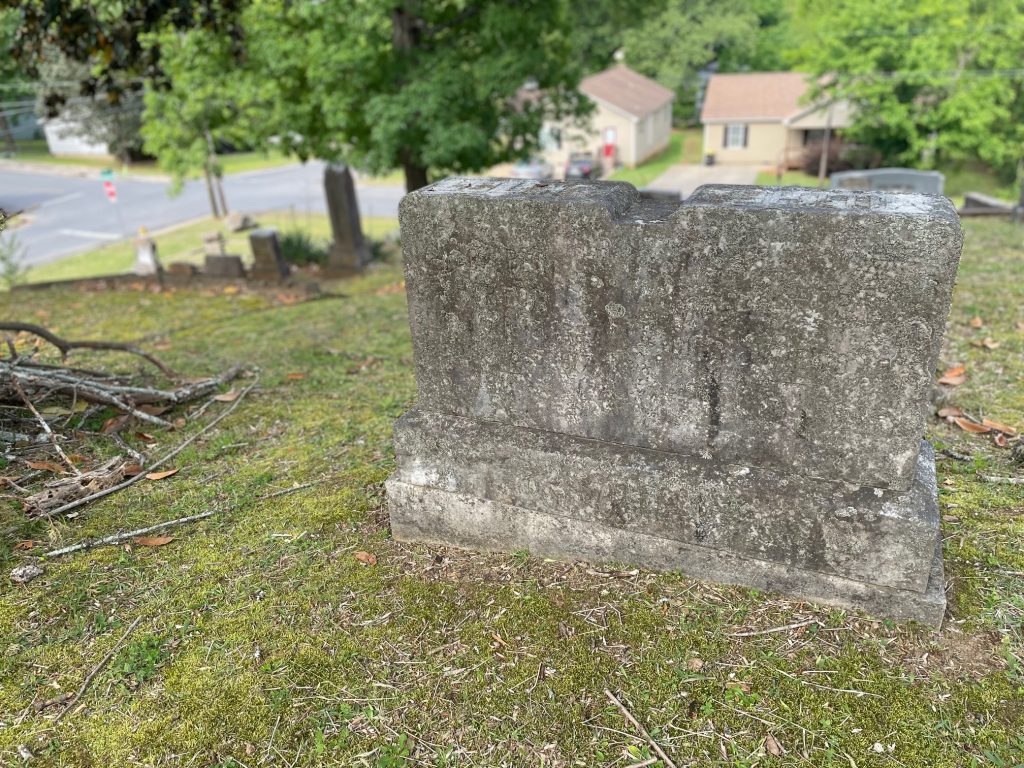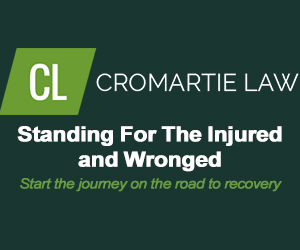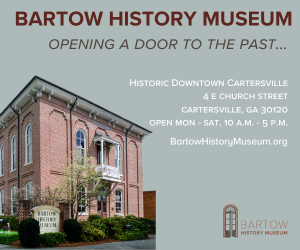Tuesday, Apr. 25, 2023–12:00 p.m.
-David Crowder, WRGA News-
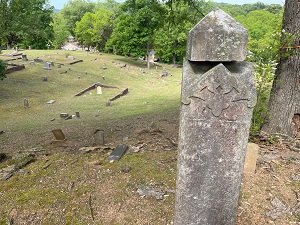
Burials in section 01 at Myrtle Hill Cemetery date back to the mid-1850s. Time and the elements have made the names on some of the gravestones difficult, if not impossible to read. Other graves have no markers at all. However, modern technology could help identify those graves.
Berry College interns Madison Massey, Emma Servaes, and Shekina Duthie are working with the Rome-Floyd Planning Department in an effort to map as many graves as possible. Section 01, which is the African-American section of the cemetery, is located along Pennington Avenue.
“Unfortunately, it is a section that is still unmapped,” Servaes told Rome City Commissioners during their Monday caucus session. “All the other sections of the cemetery have been mapped through GPS and so you are able to figure out where your loved one is if you’re a descendant of someone buried at Myrtle Hill. The bulk of our project is to use GPS to try and map each particular headstone that remains so we can have a data point and an understanding of who is buried where in this section.”
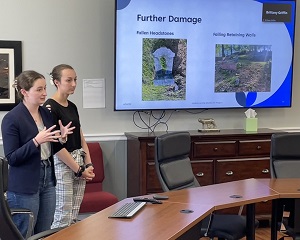
The work involves identifying any marker or stone they can find, then they use a handheld GPS mapping system to identify an exact point so they can enter identifying information. After that, they can compare the data with existing cemetery records to see in order to identify anyone not listed in those records. The use of a cleaning kit has aided in being able to read some of the more weathered markers.
Massey told commissioners that they have identified 165 graves in the section, 63 of which are burials that are not listed in the original cemetery records. As the work continues, there are expected to be many more identified. Massey also believes there may be many unmarked graves.
“You’ll notice that as you drive past it, it looks much more spread out as compared to the rest of the cemetery, which is very packed in,” she said. “We do think there are a lot more burials there than there are headstones. We are noticing that because of the erosion, a lot of those headstones are sinking into the ground, unfortunately. So, we are still working to identify areas in which we can continue to look for more.”
The interns are using methods focused on terrain, looking for indentations and other indicators to find suspected graves. However, they have no way to confirm the presence of graves at this time so they are looking at new technologies that might help in that area.
Brittany Griffin, Senior Planning Director with the Rome-Floyd County Planning Department told the commission that she is looking into possible grant funding from the Georgia Historic Preservation Division or the Unit or the National Park Service for ground penetrating radar that could help confirm the location of unmarked graves.
“GPR is a big lawn mower-looking item that you can scan the ground with,” she said. “You’re trained to read the waveforms. It will give tell you, with about a 98% confidence rate, if there is a grave.”
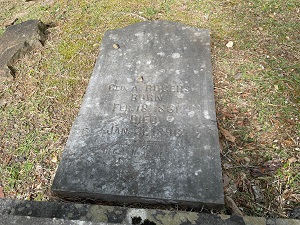
One thing the researchers have found that they did not expect was a high number of the grave markers have fraternal organizations represented on them. One example is George A. Rogers, who was born in 1861 and died in 1869. He was a member of the Odd Fellows fraternal order.
“As we did more research into him and his specific burial marker, we found that he was a high-ranking member of several of these organizations and was very well-known in Georgia,” Massey said. “His funeral was actually one of the largest Rome has ever witnessed because so many from those organizations attended.”
In addition to mapping the graves, Massey said another goal is to identify areas in need of repair and what needs to be done to not only repair those damages but to prevent any further damage to that section of the cemetery. She also stressed the importance of engaging with the community about the work that is being done and added that many family members reach out to them.
